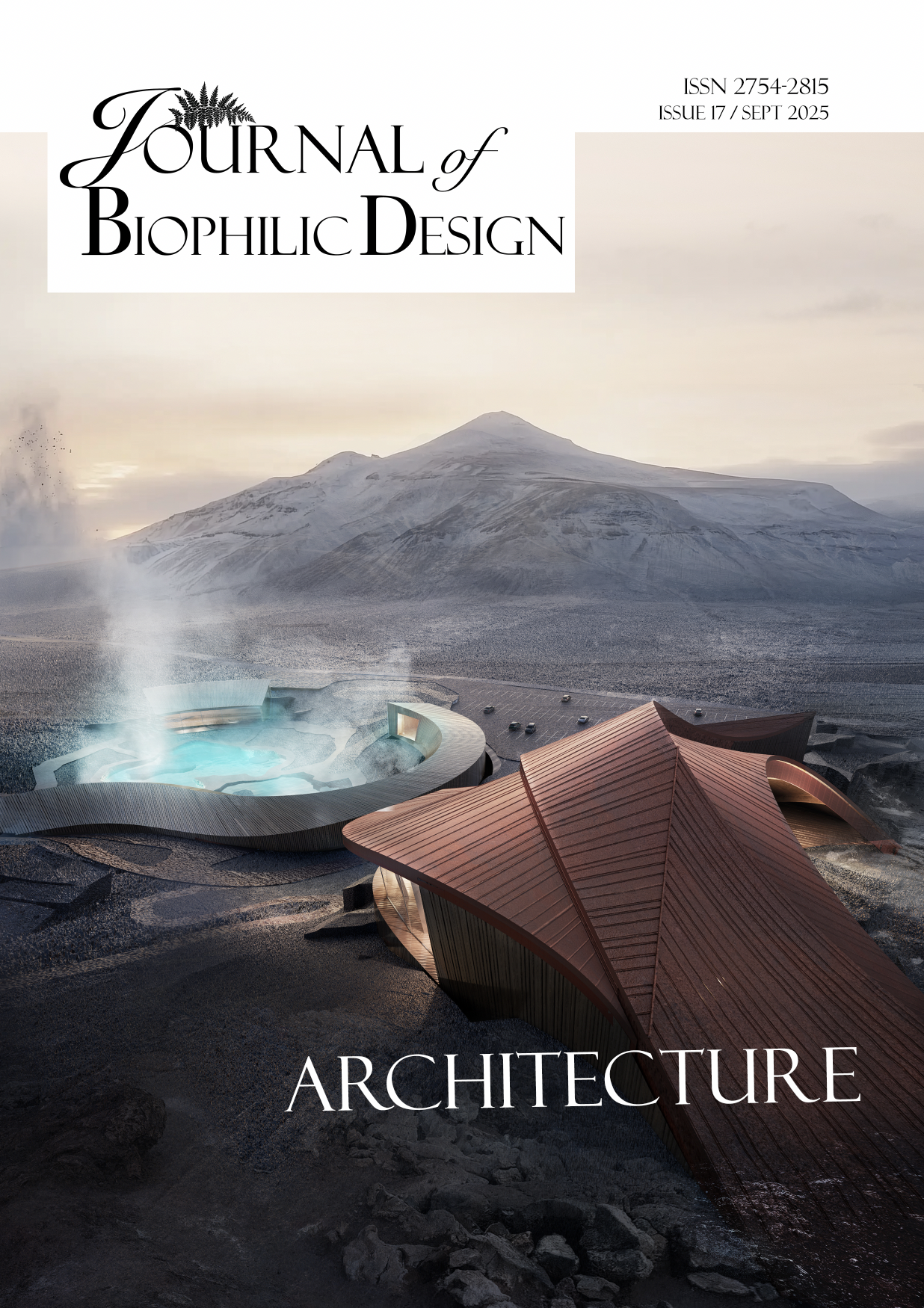Journal of Biophilic Design - Issue 9 - Neurodiversity. PRINTED EDITION
Journal of Biophilic Design - Issue 9 - Neurodiversity. PRINTED EDITION
Welcome to the ninth edition of The Journal of Biophilic Design. Printed Edition (Eco inks and paper)
Each edition of the Journal of Biophilic Design is a platform for everyone to have their voice, and it is especially clear in this one. There are design examples to inspire and spark debate, personal stories of designers who design from a personal understanding of how different we all are having embraced their own neurodiversity, there are stories of individuals who connect with nature to support their sensory overload or to stimulate it in a different way. I hope you enjoy exploring this edition as well as be inspired to embrace and consider how we design for everyone, yourself included.
We also look at the new PAS standard 6463:2022 – Design for the Mind – Neurodiversity and the built environment: “Neurodiversity is the term used to describe the variation in neurocognitive profiles across the whole population, and the guidance in this PAS is about us all. It is not about one condition, difficulty, or difference. The term recognizes the variety in the way we speak, think, move, act, and communicate; that human brains are diverse and vary. Each one of us has a unique set of different connections with our billions of nerve cells. As a consequence, the way we interact with our environment can vary from person to person. It is dynamic and might change over time”.
It also states that Biophilic Design is a key element to designing for neurodivergence: “The majority of features that are generally associated with physical and mental wellbeing can also be beneficial to people who experience sensory differences. In particular, connection with nature through all the senses, biophilic design principles, applying the golden ratio to replicate in design the proportions commonly.”
This issue is a celebration of how Biophilic Design including access to nature, lighting, biophilic design, surface materials and sensory feedback is creating spaces that are better for everyone.
Articles written by some brilliant names in Biophilic Design, health, wellbeing, architecture, planning, science-based research, education, academia and more:
Dr Samantha Friedman (Edinburgh University), Nuria Munoz (Habitarmonia), James Gavigan (House of Kin), Angels Ganoo Fletcher (PRP), Jean Hewitt (Buro Happold), Guy Kornetzki (Nulty), Frankie Boyle, IDr Mars Sambo, David O’Coimin (Nook Wellness Pods), John Goodman (Neurobridge), Guy Osmond (Osmond Ergonomics), Glen Cousquer (Edinburgh University), Chris Packham, James and Piper Hutson, Dr Harriet Shortt (BiBO), Andy Lake (Flexibility), Dr Sally Augustin (The Space Doctors and Design with Science), Dr Kay Sargent (HOK), Coll Smith (Plants at Work), Thomas Palfreyman (Urban Planters), Lisa Norton (Harrogate Garden Design), Amit Anafi (il Prisma), Adrian Byne (Benholm), Patty Baker (Pax in Natura), Alexander Verbeek (Environmentalist/ former Diplomat and current author of The Planet Substack), Mark Eltringham (Workplace Insight), Bjorn Bayer (Bear Natural Building), David Callé (JBD, and Egopetram), Lara Cowan (The Botanic Shed), Maureen Calamia (Luminous Spaces), Owen Wiseman, Saskia Marjoram (Saskia’s Flower Essences), Amanda Bond (Wild Edge Walker), Tansy Jane Dowman (Tansy in the Wild), Charlie Easmon (Your Excellent Health), Robert Delius (Stride Treglown), Francesco Toffoli (Designer).
Did you know you can subscribe and become a member of the Journal and get access to all back issues of the Journal too? https://journalofbiophilicdesign.com/subscribe-as-a-member alofbiophilicdesign.com/subscribe-as-a-member




